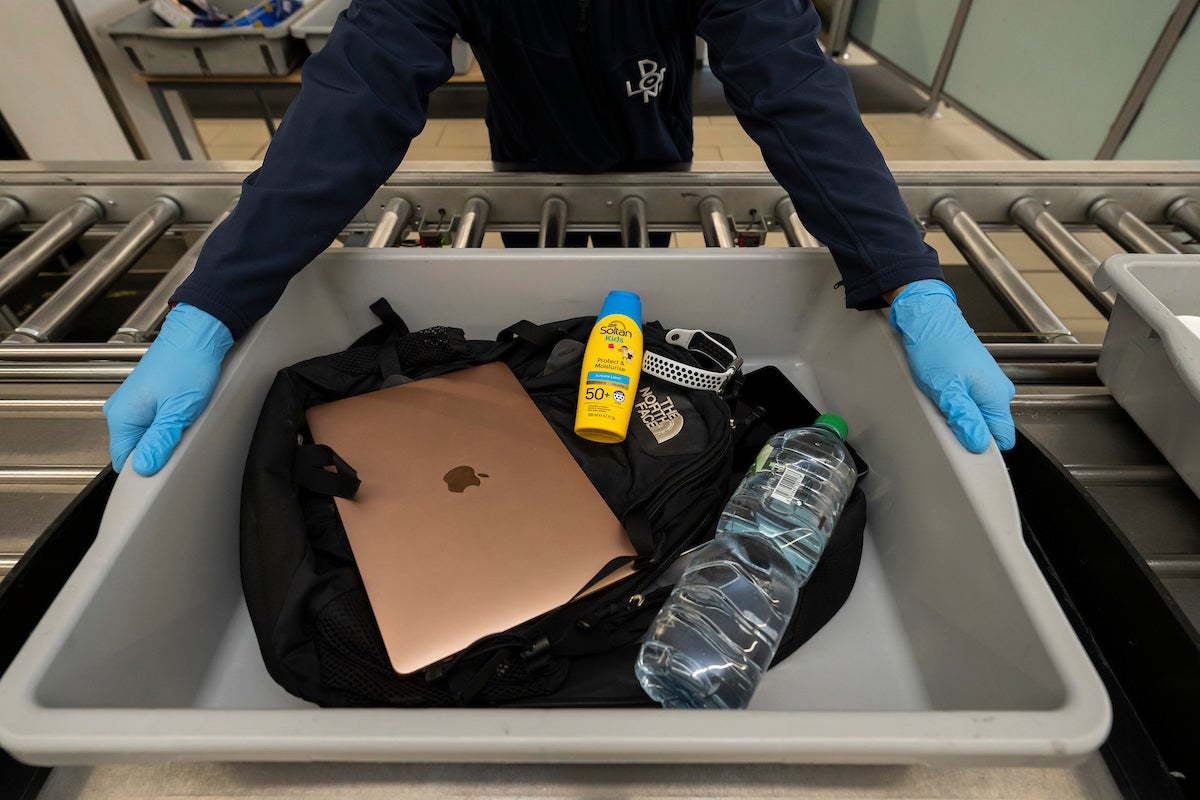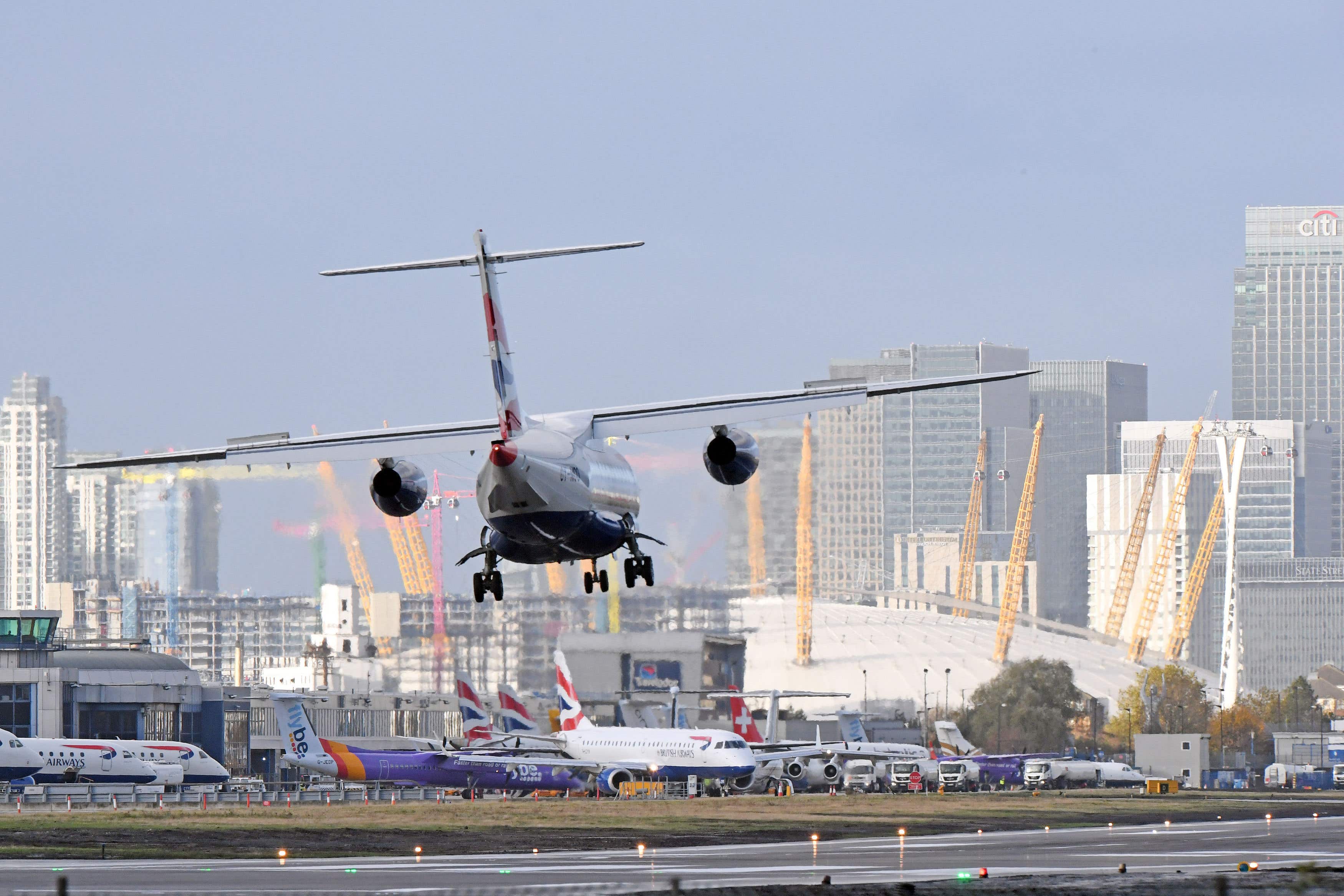
London City Airport has scrapped the 100ml liquid rule for hand luggage after introducing high-tech CT scanners at security.
The new rules came into effect on Tuesday as CT scanners will take high-resolution 3D images to check hand baggage and clothing for any dangerous or banned foods.
It comes after the government set a June 2024 deadline for airports to install CT scanners at security.

Teesside is also using the new technology, meaning up to two litres of liquids and laptops no longer have to be removed from hand luggage at security.
Liquids have been limited in volume to 100ml for hand luggage since 2006, after the rules were introduced as “a temporary measure” to protect against explosives in response to a terror plot to blow up transatlantic jets from Heathrow to North America.
All weapons, including firearms, knives or explosives, are also banned from hand luggage, and there are strict rules about larger quantities of liquids, aerosols, gels, pastes, lotions and cosmetics, extending even to yoghurt and soft cheese.
In 2019 Boris Johnson vowed the rules would be eased at major UK airports by 1 December 2022, allowing larger quantities and eliminating the need to have liquids separately scanned.
Rishi Sunak’s government extended that deadline to June 2024. But some airports have now deployed the necessary technology and are offering passengers light-touch security.
Transport Secretary Mark Harper said in December that most major airports will roll out the new technology this year.
“By 2024, major airports across the UK will have the latest security tech installed, reducing queuing times, improving the passenger experience, and most importantly detecting potential threats,” he said.
“Of course, this won’t happen straight away – this is going to take two years to be fully implemented. Until then, passengers must continue following the existing rules and check before travelling.”
CT scanners can analyse the molecular structure of the contents of a passenger’s bag, detect any potential threat and present security officers with a three-dimensional image. They can also analyse whether laptops and other electronic equipment present a danger.







